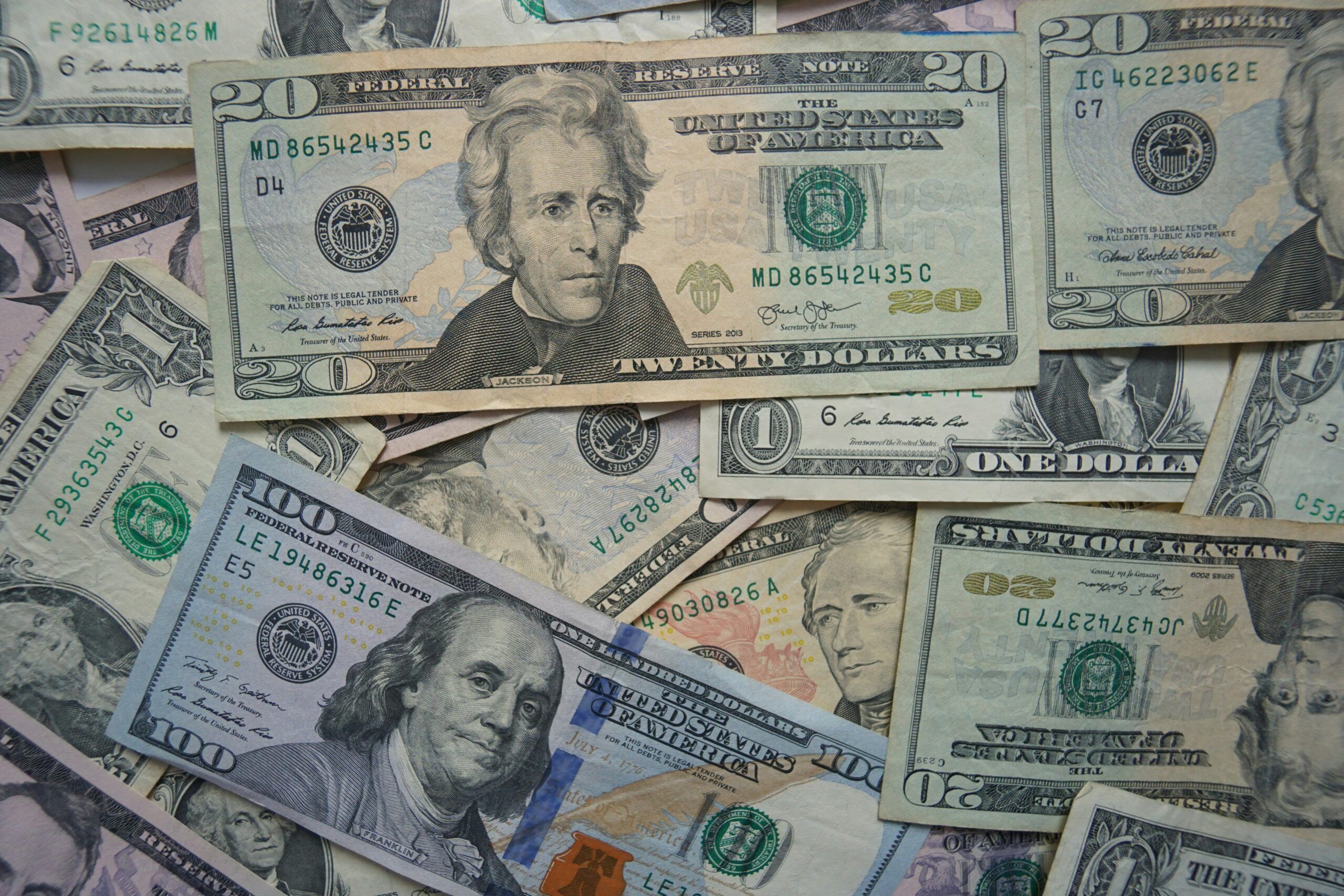Swiss National Bank Cuts their Benchmark Interest Rate
On Thursday, 20th March 2025, officials of the SNB (Swiss National Bank) cut their benchmark interest rate by 25 basis points to 0.25%, the lowest rate since September 2022. In the current cycle of quantitative easing, this is the fifth time the SNB has cut rates and President Martin Schlegel signalled that officials do not expect any more easing for the time being. The President went on to say that “This rate has an expansionary impact; in that sense the probability of additional policy easing is naturally lower”. Experts advise that pricing in the swaps market indicates no more rate cuts by the SNB in 2025.
The move to cut rates on Thursday follows a reduction in rates by 50 basis points in December 2024, a move that caught financial markets by surprise. Analysts suggest that this move completes their foreign-exchange policy which i.) is in anticipation of future market volatility and ii.) to deter inflows into the Swiss Franc. As a result of global trade tensions due to President Trump’s tariffs and other geopolitical and economic policies, the Swiss Franc is regarded as a safe haven for investors guarding against global instability.
Data released during the week prior to Thursday’s rate cut shows that in the last quarter of 2024, the SNB basically removed themselves from the foreign exchange markets, confirming one whole year without any considerable interventions. Indeed, once Trump won the presidential election on 5th November 2024, the Swiss Franc gained against the Euro, but those gains have since been erased with the Franc weakening against the Euro. The President of SNB said on Thursday, “Switzerland is not a currency manipulator; past interventions were necessary to maintain price stability”. This statement analysts suggest is to remind Trump that during his first term, Switzerland was branded a currency manipulator.
Experts in this arena suggest that the decision to cut interest rates is to contain market pressure, and to stop the Swiss Franc from strengthening thus lowering import costs which would impact negatively on inflation. SNB President Schlegel said, “the outlook for inflation is currently very uncertain, with risks predominantly on the downside” SNB officials have lifted their inflation forecast from 0.30% to 0.40% for 2025 and 0.80% in 2026 and 2027. SNB also confirmed that during the last quarter, Switzerland’s economy enjoyed its strongest expansion and, as a result, still expects the economy to grow between 1.005 to 1.50 % in 2025. Once again Donald Trump’s tariffs and other policies both domestic and international seem to heavily weigh on policymakers’ decisions at central banks.










